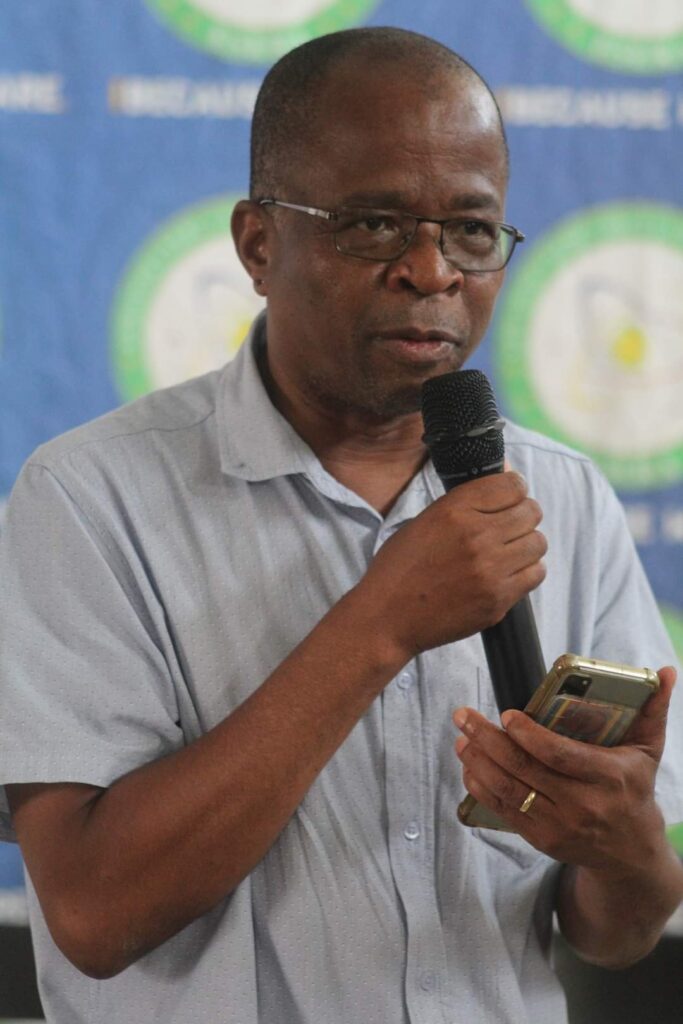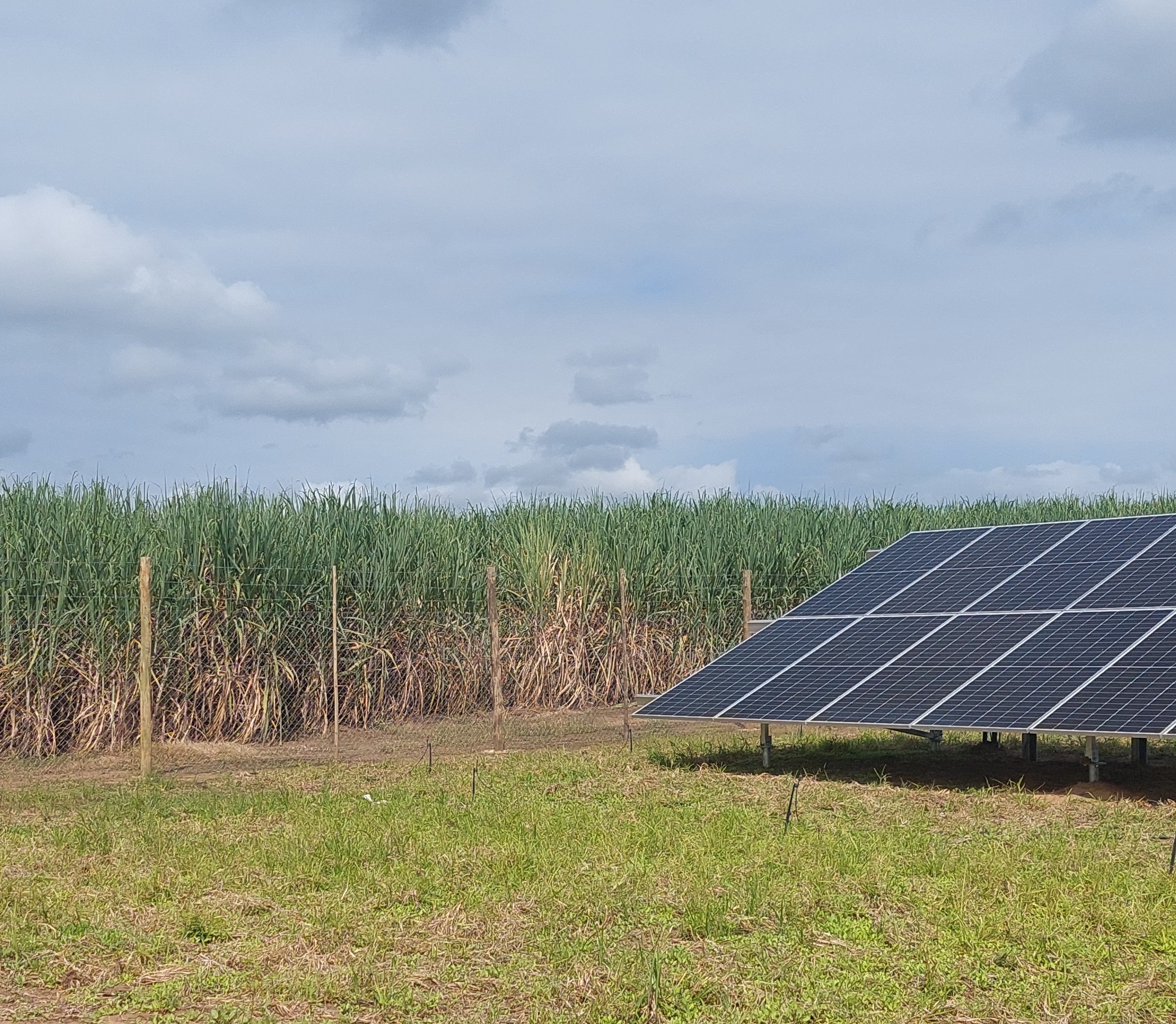
By Sifiso Sibandze
Sugarcane farmers are caught between a rock and hard place as the costs of production continually soar and they have opted for solar energy for irrigation to stay efficient.
Generally, sugarcane growers have seen the costs of production skyrocketing especially since 2020 soon after the outbreak of the Covid-19 pandemic outbreak which disrupted supply chains of farm inputs. The disruption of the supply chains increased farm input prices.
Rubbing salt in the gaping wound was the Russia-Ukraine war which triggered a global shortage of farm inputs like fertilisers mainly because the two worrying parties are among the biggest fertilizer producers globally.
Adding more strain on the already burdened farmers was the recent increase in electricity tariffs which kicked in on April 1, 2023, on top of significant cumulative escalations in the past 10 years.
Solar for Irrigation
Undoubtedly, this prompted the sugarcane growers to adopt solar energy for irrigation purposes after observing that relying on the Eswatini Electricity Company (EEC) was having a bruising knock-on effect on their profit margins and sustainability. Eswatini Cane Growers Association (ECGA) Chief Executive Officer (CEO) Dr Sipho Nkambule told the Eswatini Financial Times that the number of farmers opting for solar power for irrigation purposes was increasing, adding that about 24 farmers have already installed their solar systems.

Read More: EU’s E1.2bn boosts sugarcane farmers’ lives
In Dr Nkambule’s view, the adoption of solar energy is a step in the right direction because it will drastically reduce production costs. According to Dr Nkambule, electricity costs account for 25 per cent of the total production cost, “which is quite significant”. Nkambule said the electricity cost component has increased by over 70 per cent in the last eight years from 15 per cent against a stagnant sugar price at the regional and global markets, a clear indication that the farmers’ profit margins have been eroded quite ominously.
Notwithstanding that the embracing of solar power is viewed by agriculturalists as a good business decision, the farmers are confronted by a myriad of challenges, Dr Nkambule has said. The cane growers association CEO told this publication that there are several challenges around the installation of solar power which farmers are encountering.
Supply
Among those challenges is the difficulty in sourcing good quality solar equipment because its supply is not regulated. That has resulted in some farmers buying poor quality equipment inconsistent with the national grid system. Another challenge singled out by Dr Nkambule was the lack of Power Wheeling and Net Metering guidelines. Dr Nkambule said: “With the absence of the Power Wheeling and Net Metering guidelines, farmers are finding it difficult to make their businesses venture in solar economically viable and efficient. Currently, farmers are not able to wheel their solar power from one place to the other.”
“For instance, if a farmer has installed a solar power plant at a field in Big Bend and wants to wheel (convey) it to another field at Siphofaneni, that farmer is not able to do so because of the lack of the power wheeling guidelines,” Dr Nkambule explained. He went on to say: “Again, farmers are not able to sell their surplus power to EEC because of the absence of the Net Metering guidelines.”
In Dr Nkambule’s view, to address these challenges, EEC and the Eswatini Energy Regulatory Authority (ESERA) need to come on board. Dr Nkambule said ESERA must play a big role in the development of the guidelines while EEC should support the farmers in terms of providing the technical know-how of installing proper solar plants that would be consistent with the national grid system.
Hybrid System
“We need EEC to guide the farmers on the proper ways of installing solar power, more especially, to guide them on how to install a hybrid system which will ensure power security for irrigation,” Dr Nkambule said.
The CEO further mentioned that having a hybrid system would enable farmers to alternate, irrigate using solar power during the day and switch to conventional power at night.
Read More: ESA awards E142 000 grant to UNESWA student
On another note, Dr Nkambule lamented the ever-increasing prices of farm inputs, especially fertilizer which he said is also choking -out farmers from the business. He said the price of fertilizer has spiked by over 200 per cent in the last two years just after the start of the Kremlin-Kyiv war.
Over and above the high electricity and farm inputs and other farm chemicals costs, Dr Nkambule said farmers are also hamstrung by the soaring fuel (diesel) cost which sparked an increase in haulage costs.
Production Costs
“Currently, haulage costs account for 34 per cent of the overall production costs and that clearly signals that cane growers are struggling to break even,” Dr Nkambule said.
Diagnostically, these challenges are directly affecting the 483 sugar cane growers, and of this, 93 per cent (450) are smallholder growers. Agricultural experts say smallholder growers are currently the hardest hit because their margins are already marginal, and their operating systems are inflexible.
Largely, these harsh conditions destabilise the sugar cane growing sector which is the main livelihood of most of the agricultural community within Eswatini. Approximately, 16 per cent (14 000) of the total workforce is directly or indirectly employed in the sugar cane industry, which illustrates its crucial social and economic presence in the well-being of Eswatini.




